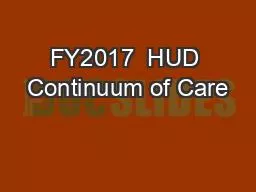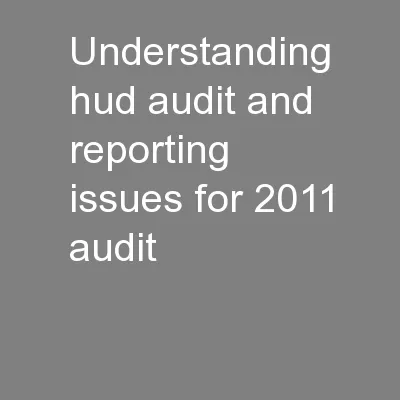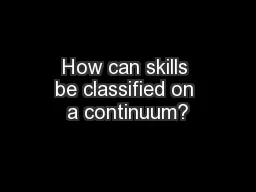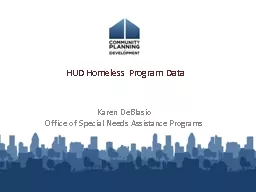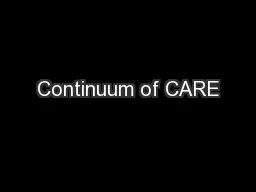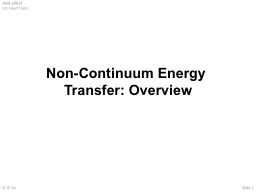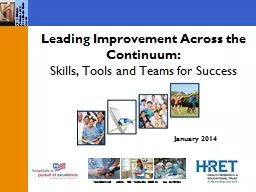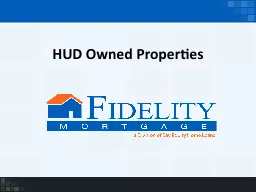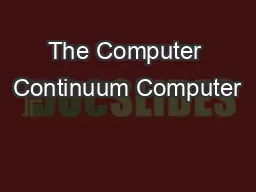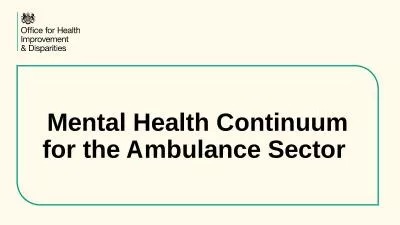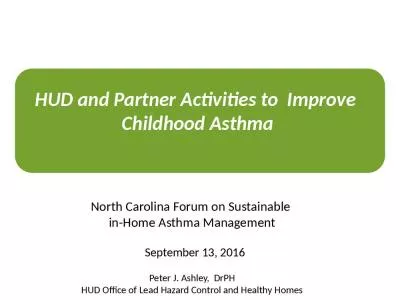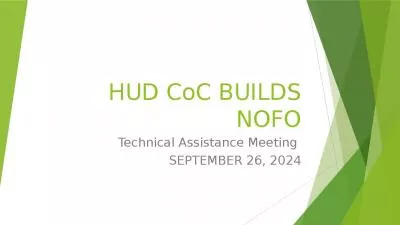PPT-FY2017 HUD Continuum of Care
Author : hirook | Published Date : 2020-11-06
Funding Competition Bidders Conference Webinar What Well Cover Today FY2017 NOFA Timeline Funding Priorities amp Eligible Projects Match and Leveraging Requirements
Presentation Embed Code
Download Presentation
Download Presentation The PPT/PDF document "FY2017 HUD Continuum of Care" is the property of its rightful owner. Permission is granted to download and print the materials on this website for personal, non-commercial use only, and to display it on your personal computer provided you do not modify the materials and that you retain all copyright notices contained in the materials. By downloading content from our website, you accept the terms of this agreement.
FY2017 HUD Continuum of Care: Transcript
Download Rules Of Document
"FY2017 HUD Continuum of Care"The content belongs to its owner. You may download and print it for personal use, without modification, and keep all copyright notices. By downloading, you agree to these terms.
Related Documents

